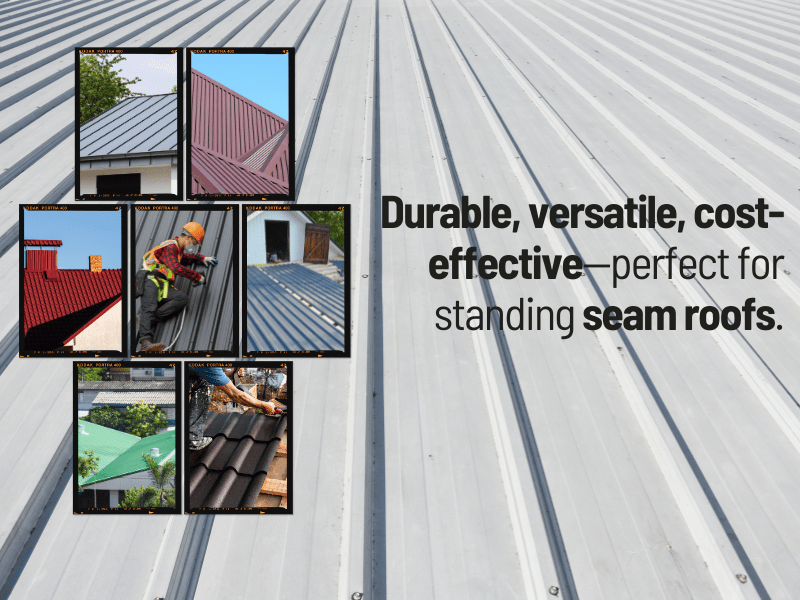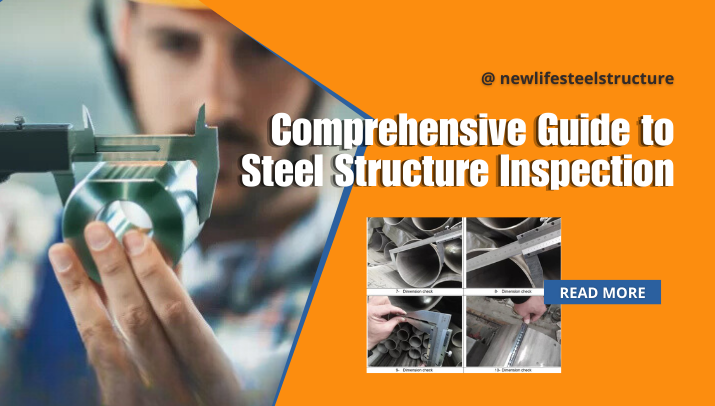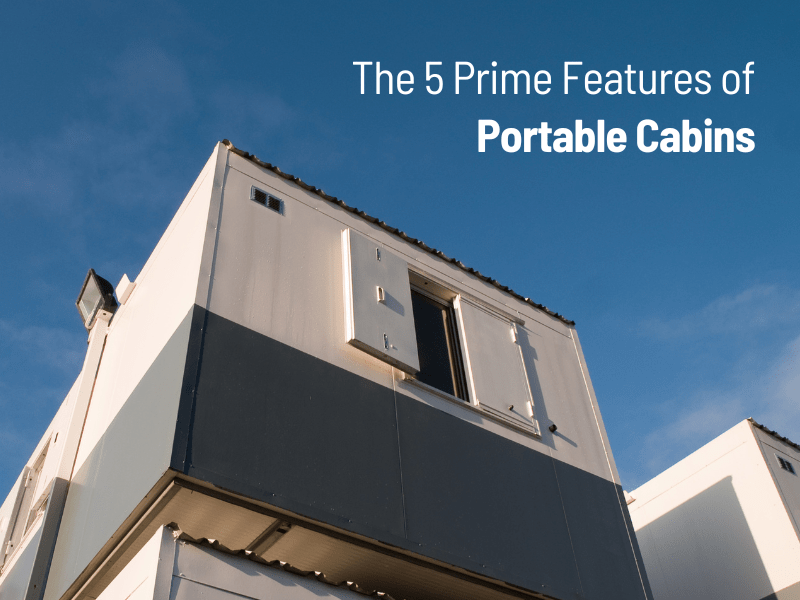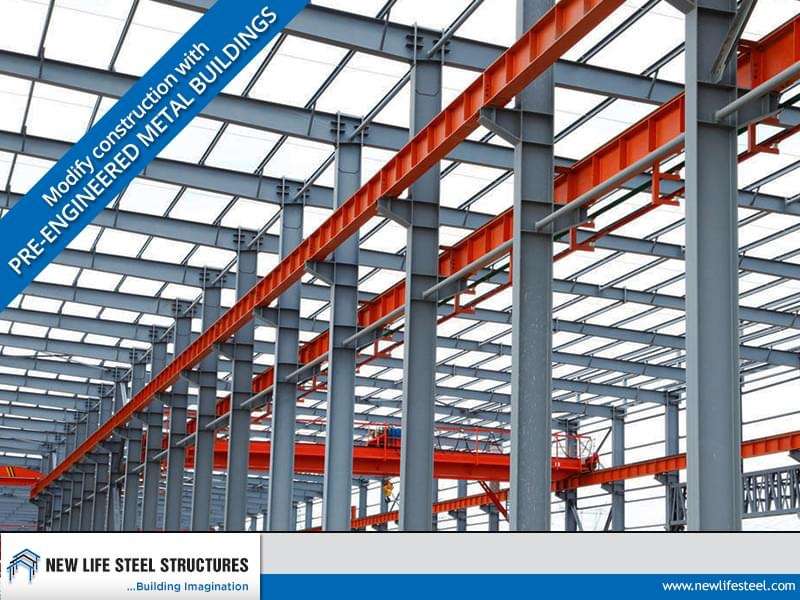
Comprehensive Guide to Steel Structure Inspection
Home » Comprehensive Guide to Steel Structure Inspection

Steel structure inspection involves a thorough evaluation of raw materials, welding consumables, weldments, fasteners, welds, coatings and other related components. This inspection is mandatory to confirm if all elements meet quality and safety standards. It involves assessing dimensions, surface flatness, connection integrity, corrosion levels and fireproof coating thickness. Additional tests, mechanical performance and chemical composition analysis is required when steel lacks certification or there are quality concerns.
Steel Structure Measurement and Evaluation
Key Inspection Areas:
- Primary Engineering Measurement: It inspects primary structure components and verifies if it compliance with design specifications or not.
- Size and Flatness: Measurements are taken at multiple points to calculate average values which helps to ascertain if deviation limits meet design requirements.
- Deformation Detection: This includes identifying Vertical and lateral deformations of beams and trusses and tilt and twist measurements for steel columns.
Inspection of Connections
- Plate Connections: This ensures size and thickness meet requirements. It also involves checking flatness and bolt hole measurements.
- Bolt Connections: Here inspection is done visually and by hammering to verify tightness with a wrench with more focus on high-strength bolts.
- Welded Joints: These are inspected through ultrasonic or radiographic testing for internal defects. Visual inspection is done for surface quality.
Corrosion and Fireproof Coating Assessment
Corrosion Detection – Corrosion weakens steel’s cross-section thereby reducing the load capacity. For correct corrosion measurement thickness gauges and calipers are used.
Fireproof Coating Inspection: Cracks wider than 0.5mm are unacceptable. Coating thickness must meet design requirements, with at least 85% compliance in thinner areas to qualify for fireproof coating inspection.
Non-Destructive Testing (NDT)
NDT identifies defects without harming steel components with use of techniques like sound, light, magnetism and electricity. These methods assess structural integrity and the lifespan of structure. Various conventional NDT methods are –
- Ultrasonic Testing (UT) for detecting internal defects efficiently.
- Radiographic Testing (RT) for detailed internal imagery.
- Magnetic Particle Testing (MT) to identify surface and near-surface defects in ferromagnetic materials.
- Penetrant Testing (PT) to highlight surface defects using capillary action.
- Time of Flight Diffraction (TOFD) which uses advanced ultrasonic techniques for precise defect size and depth analysis.
Frequently Asked Questions About Steel Structure Inspection
1. What does a steel structure inspection involve?
A steel structure inspection assesses the condition and safety of steel components, ensuring compliance with safety standards and identifying potential defects.
2. Why is steel structure inspection important?
Regular inspections maintain the structural stability and prevent accidents or failures by addressing potential defects in the structure.
3. How often should inspections be done?
Frequency of inspection depends on the structure’s type, usage and environmental conditions. Industry standards also give inspection schedules.
4. Who can conduct steel structure inspections?
Qualified and experienced professionals should only perform these inspections to ensure accuracy and compliance.
5. What areas in a building should be inspected?
Critical areas which need inspection includes –
- Connection points and joints
- Welds and bolts
- Gusset plates
- Corrosion-prone areas
6. What happens if a structure fails an inspection?
Failure indicates that there are safety risks which necessitate repairs or replacements to meet compliance standards.
Steel structure inspection is a combination of advanced technologies and rigorous evaluations to ensure safety, durability and performance. Regular and thorough inspections are crucial to maintain the structural integrity and prevent potential risks.
Recent Post


The 5 Prime Features of Portable Cabins

